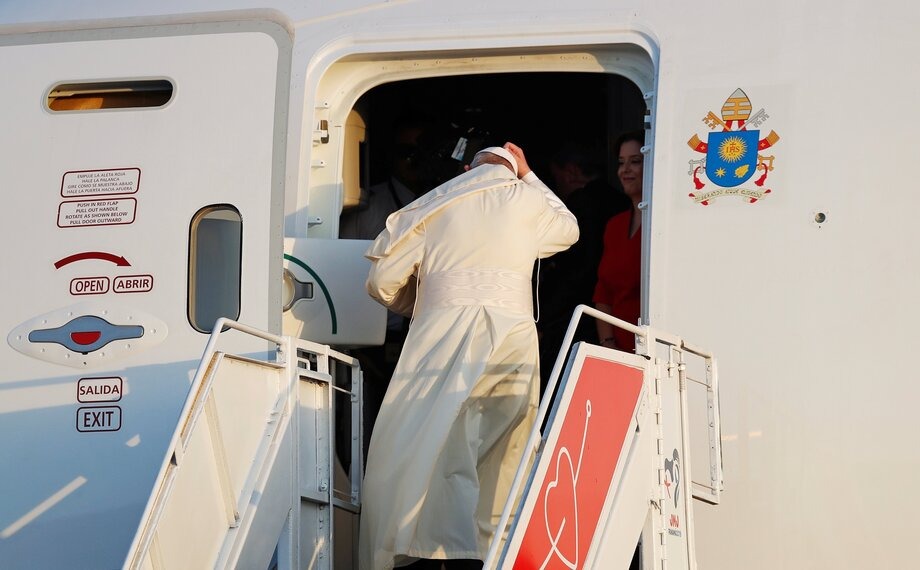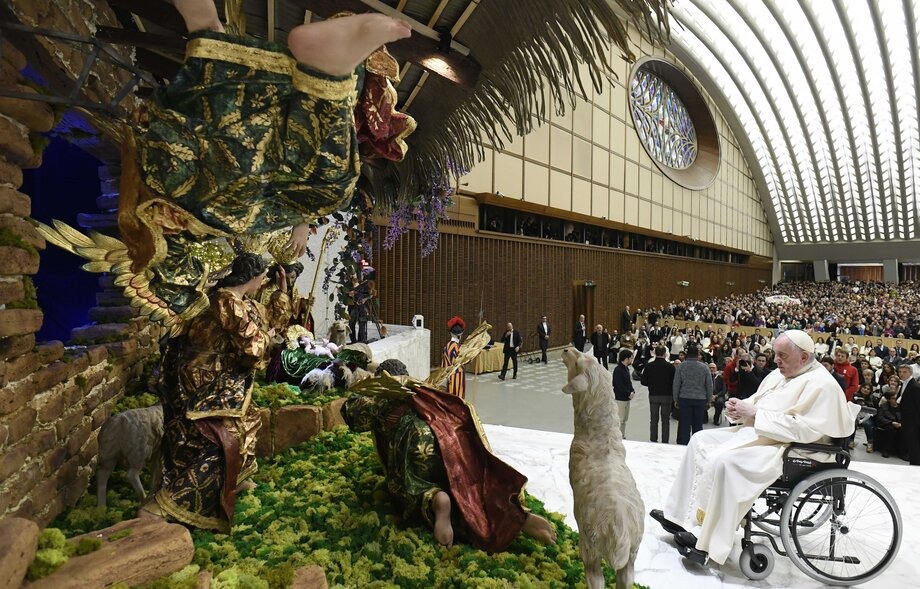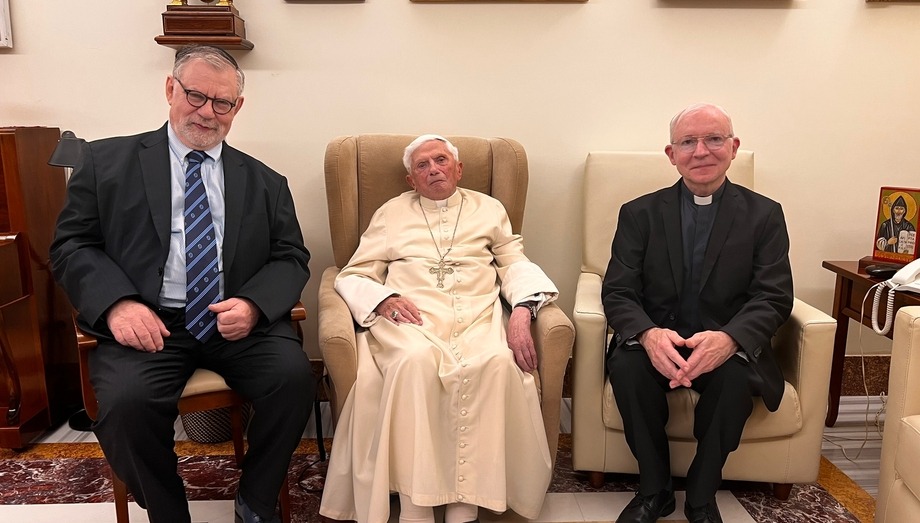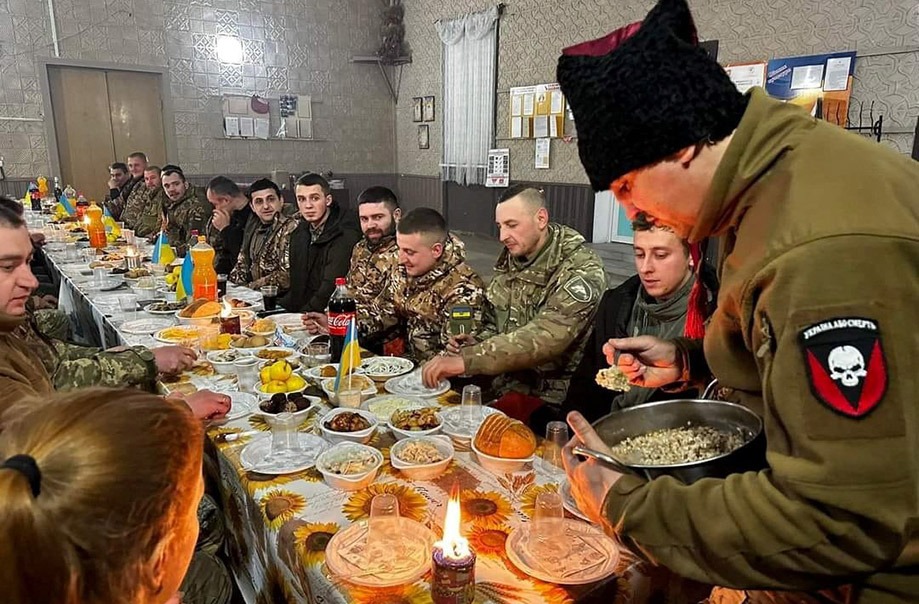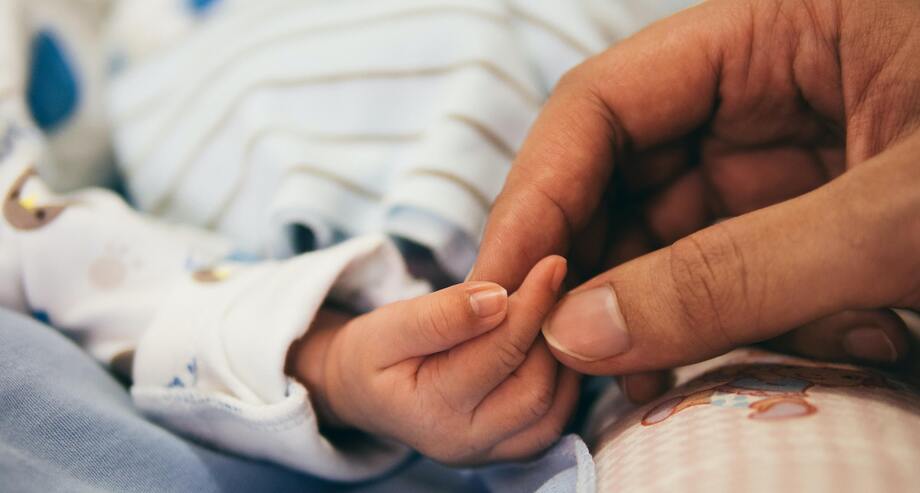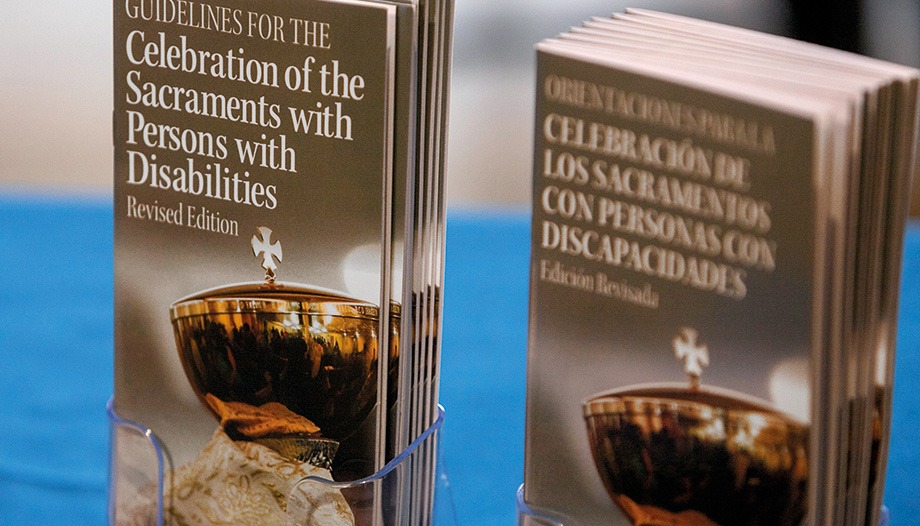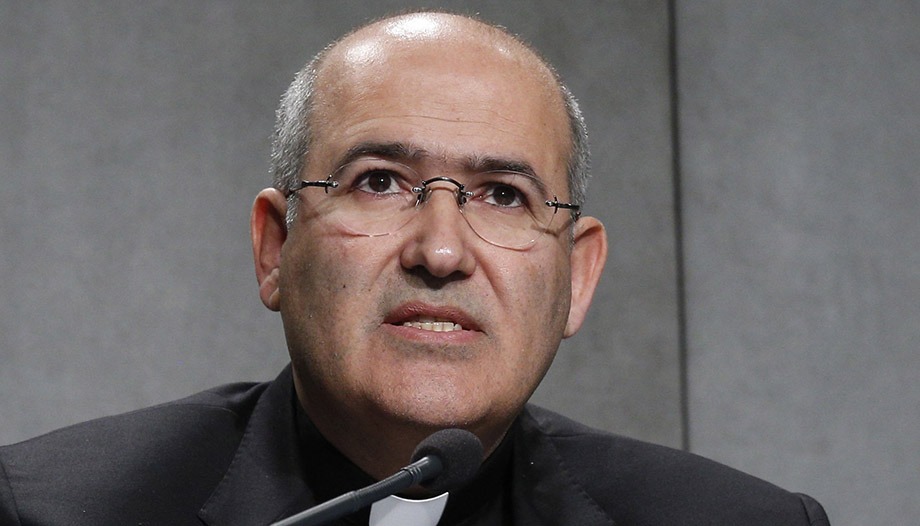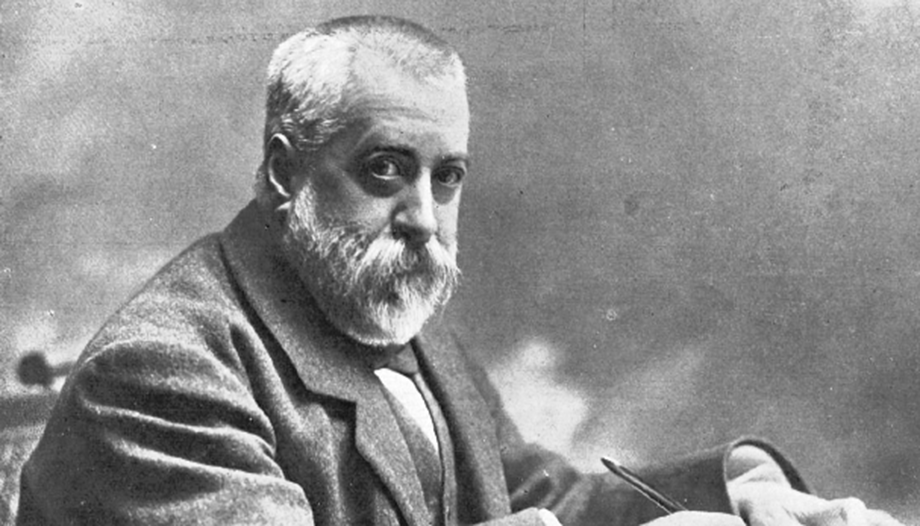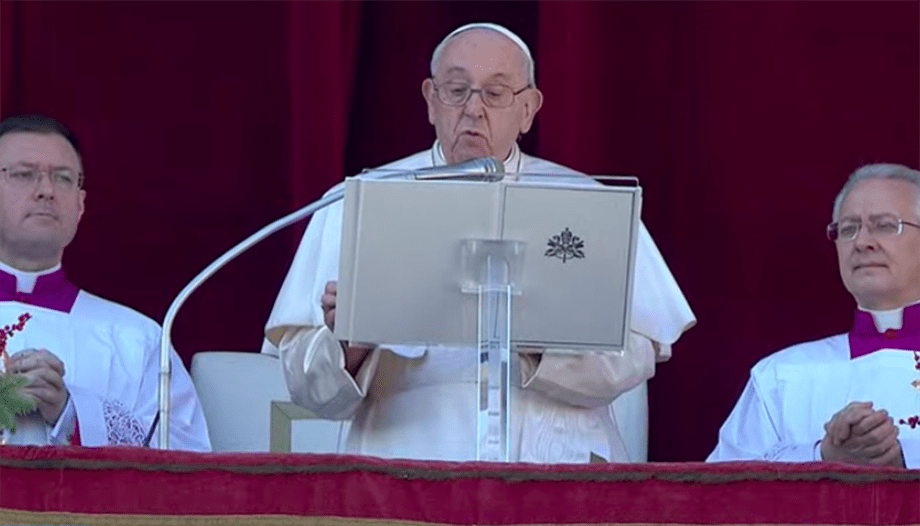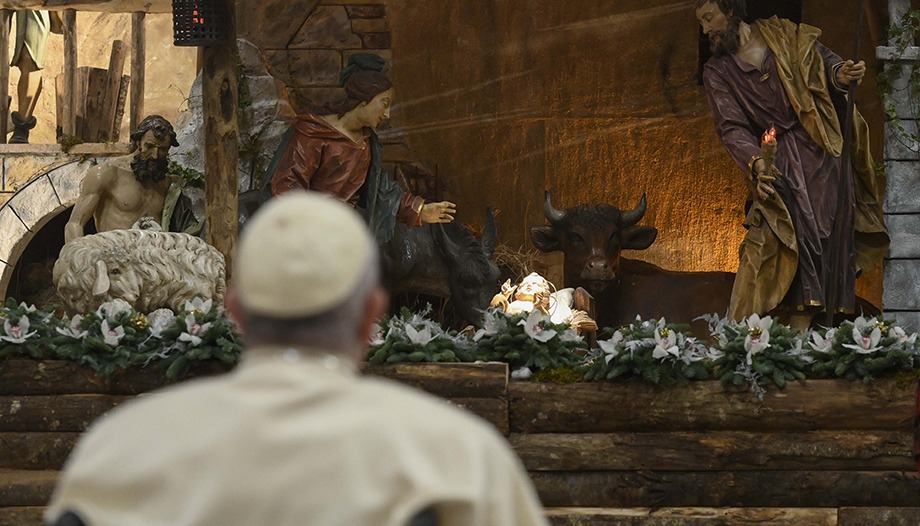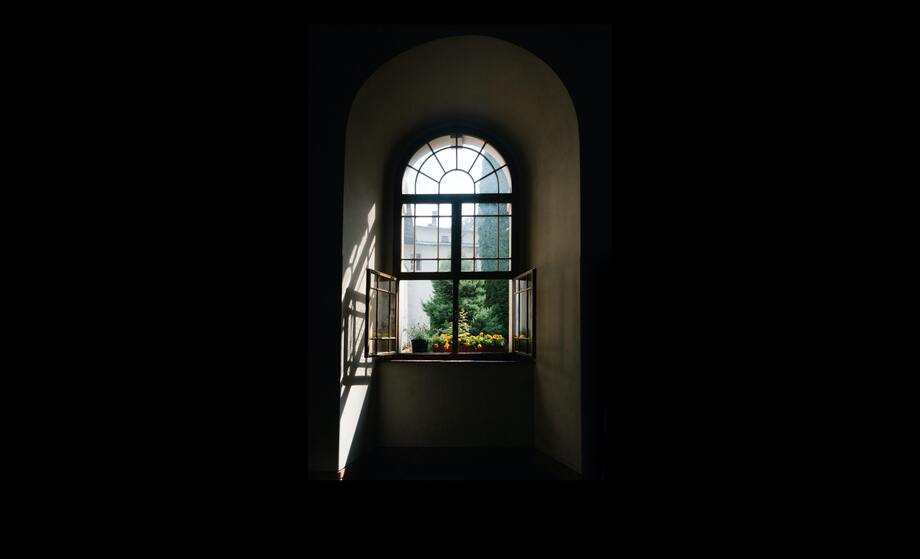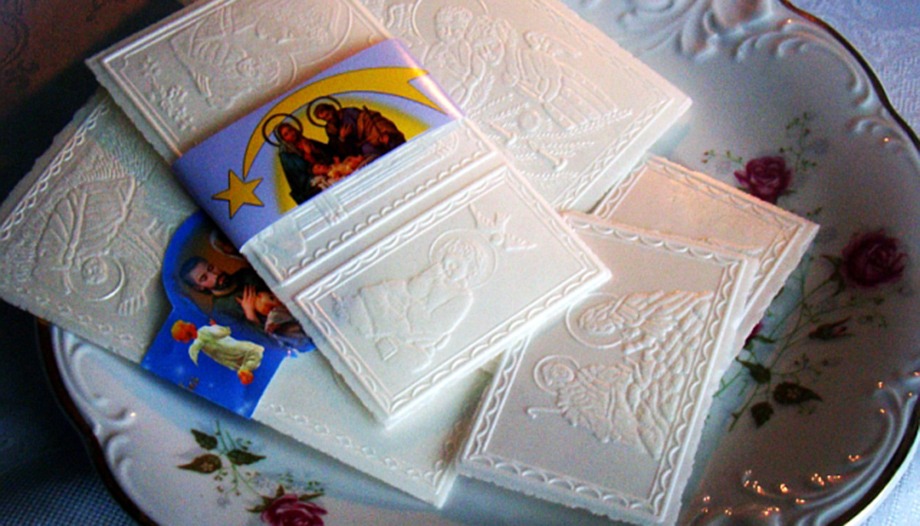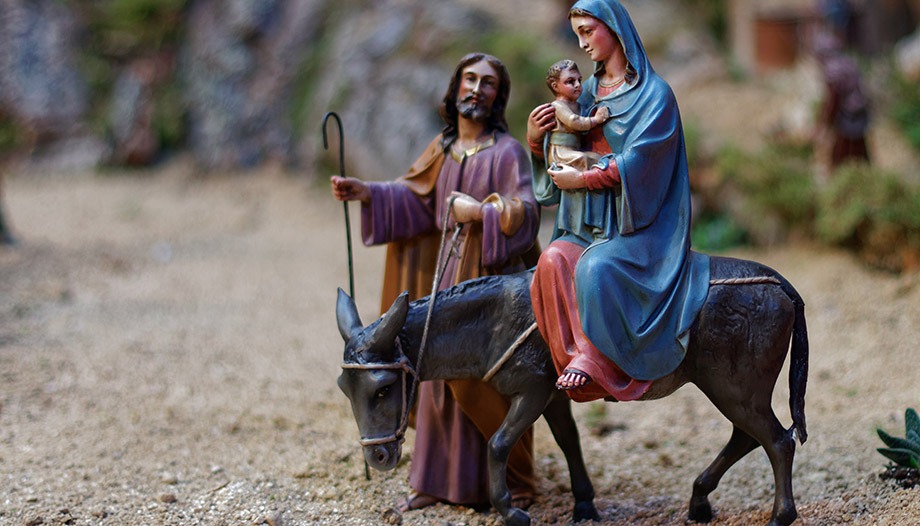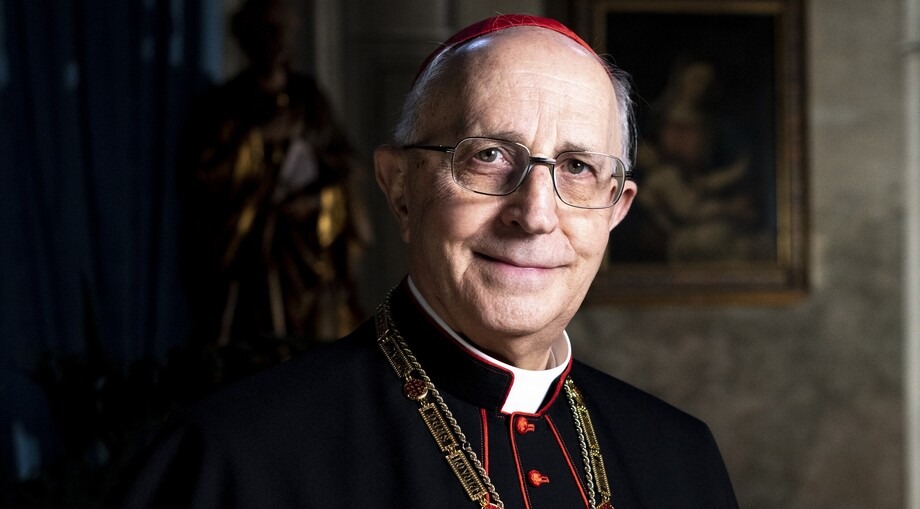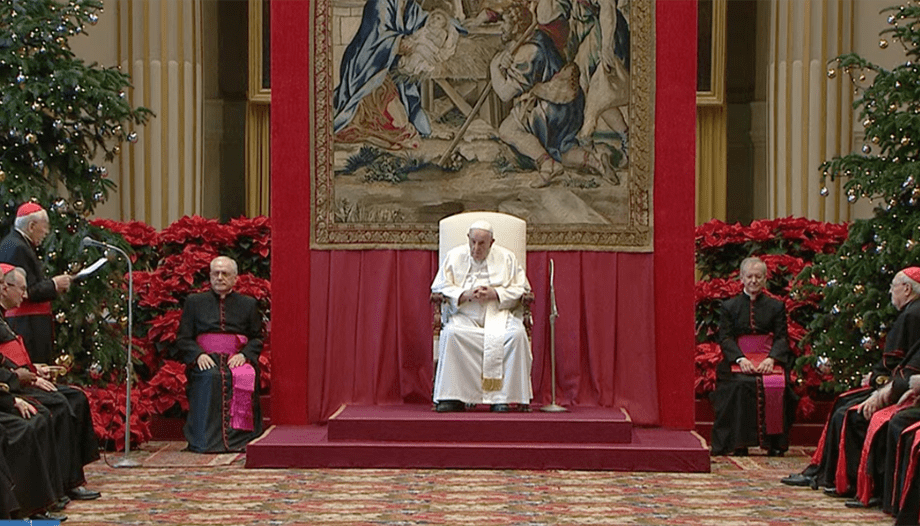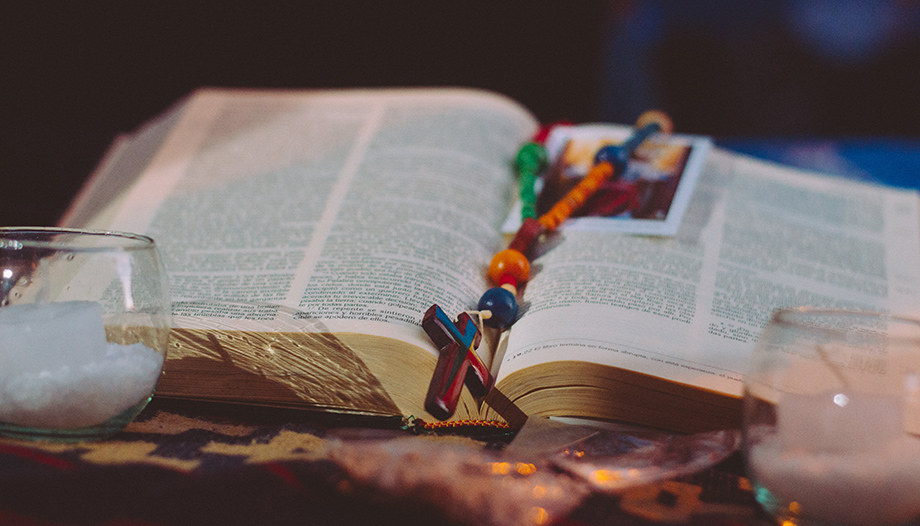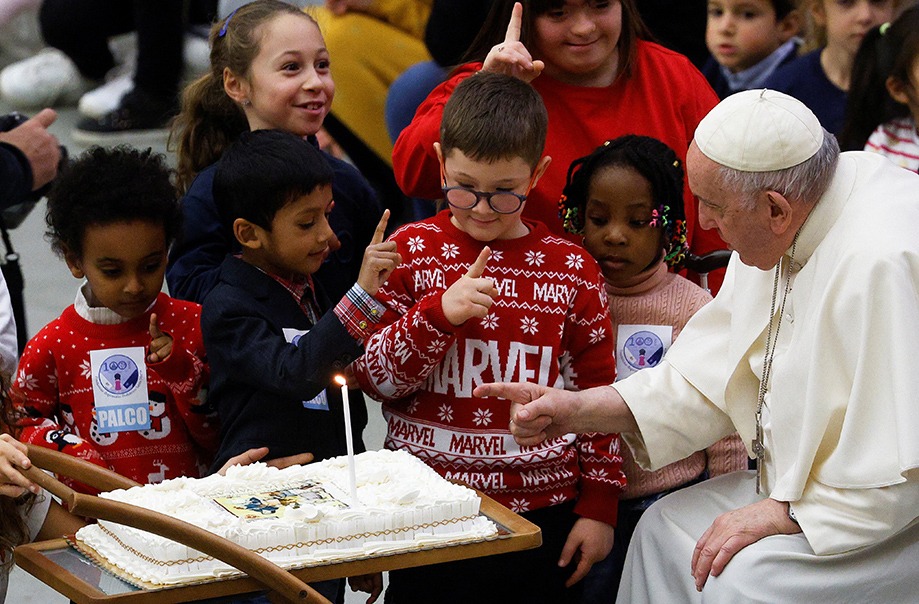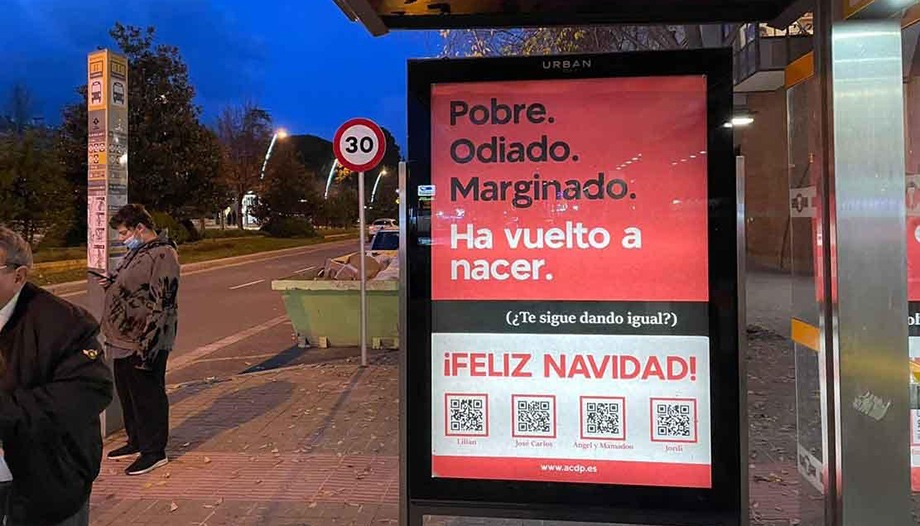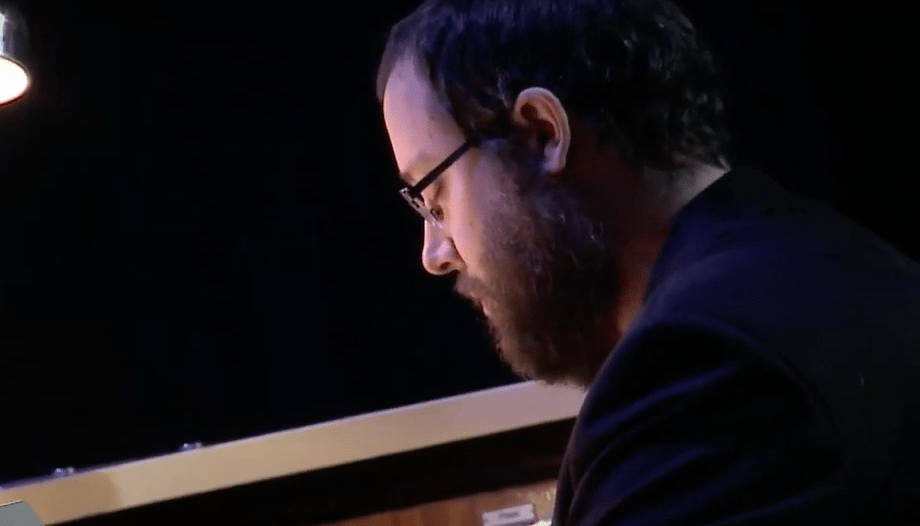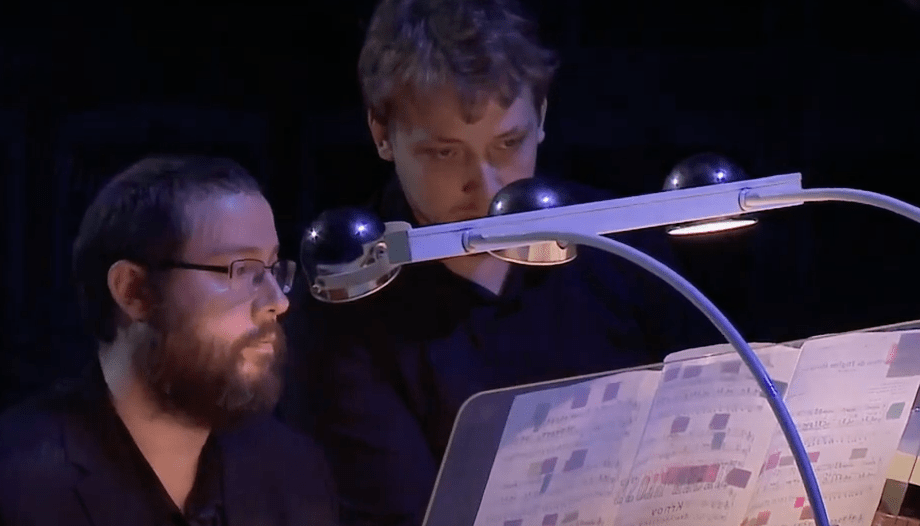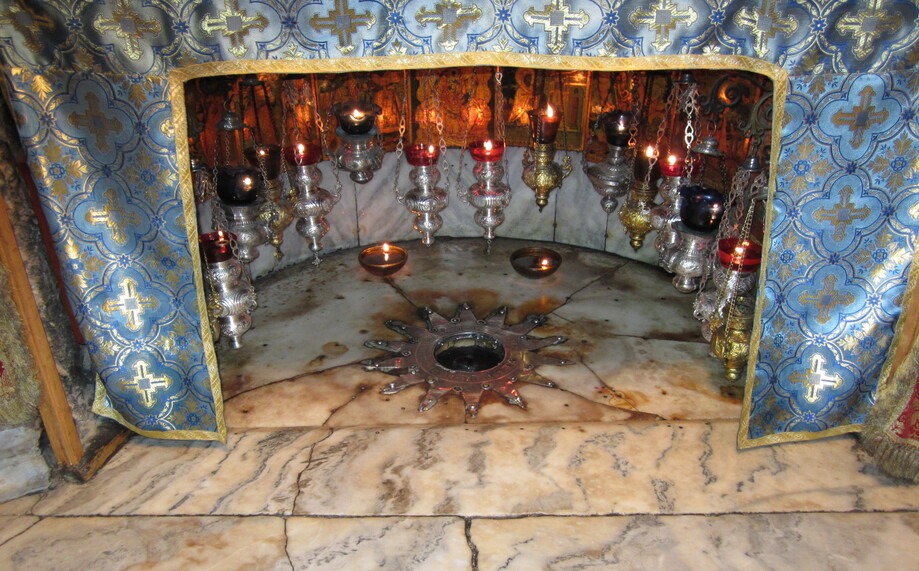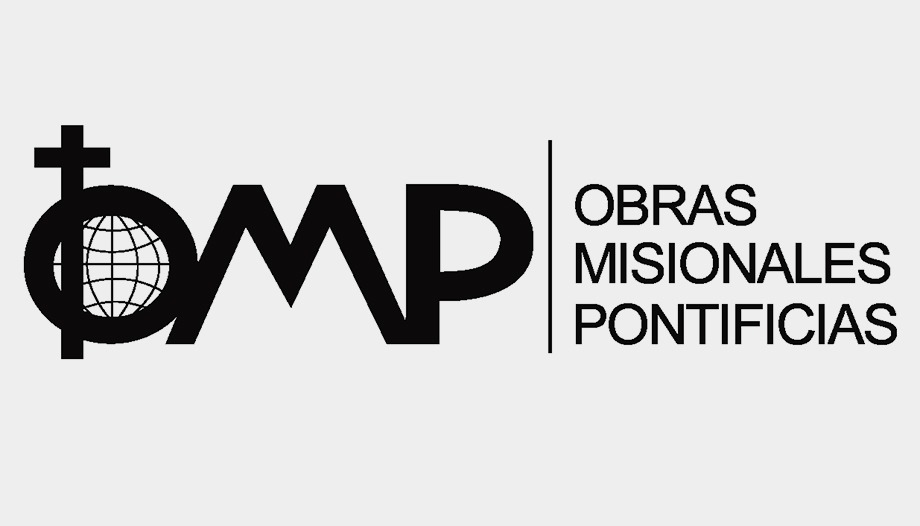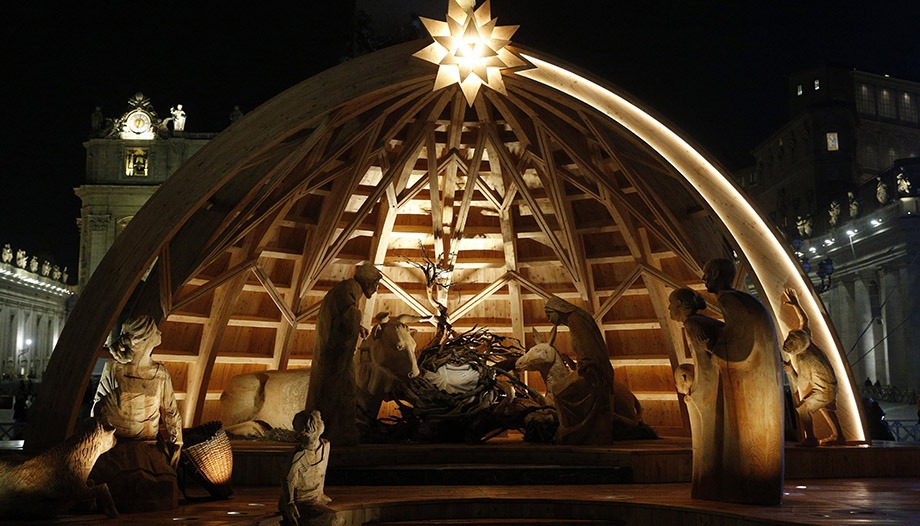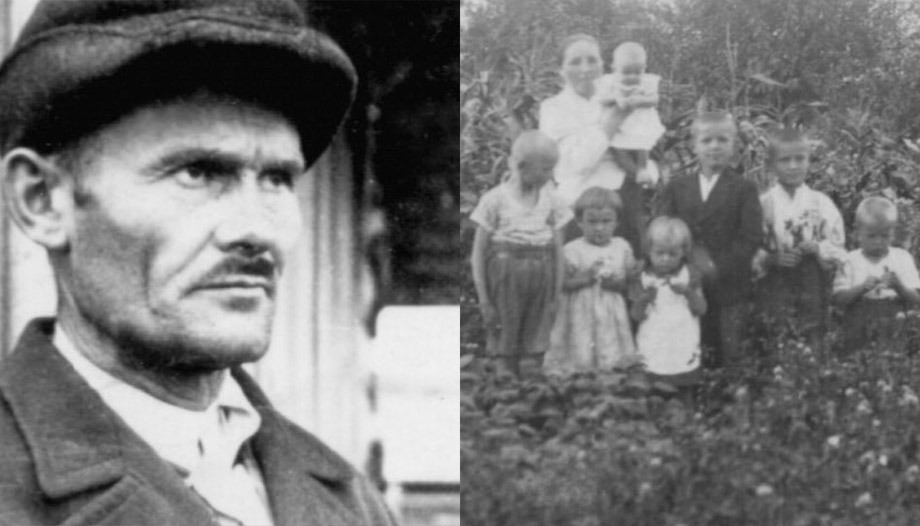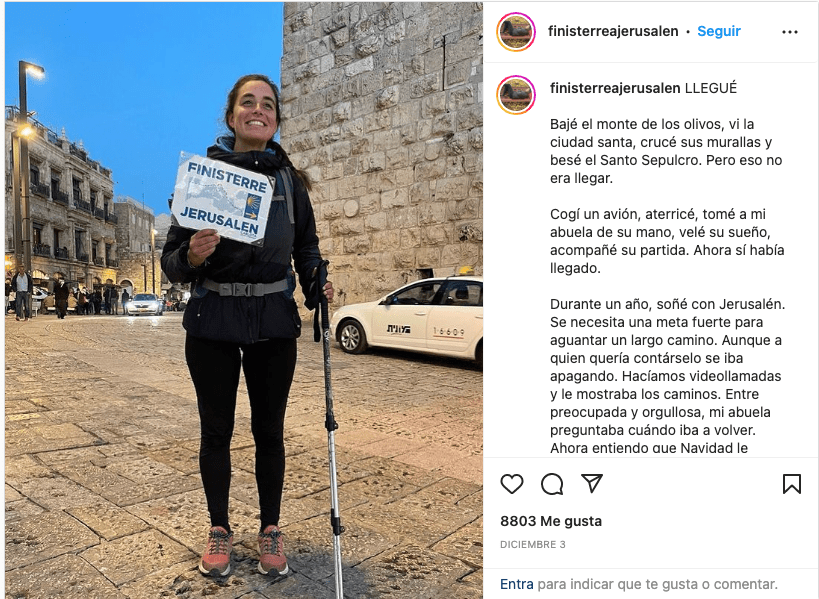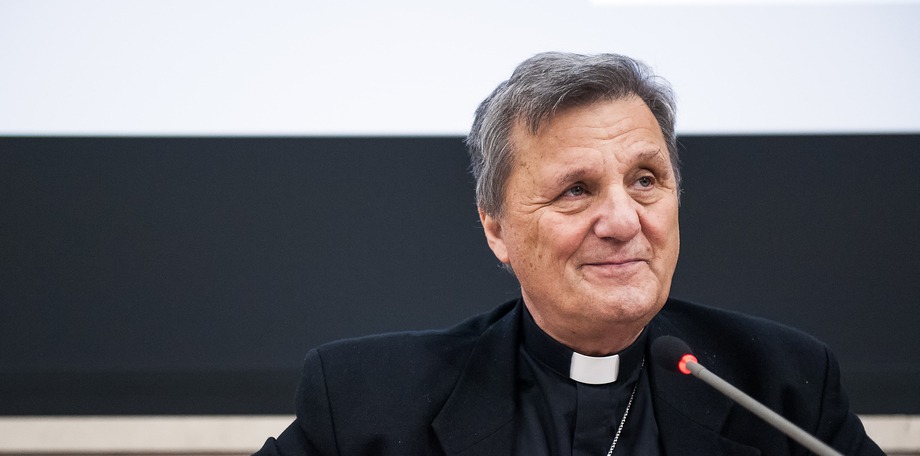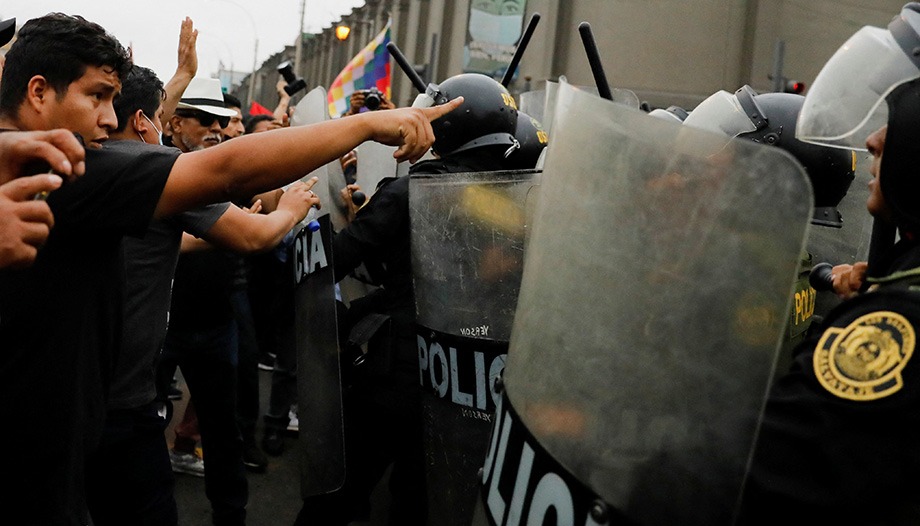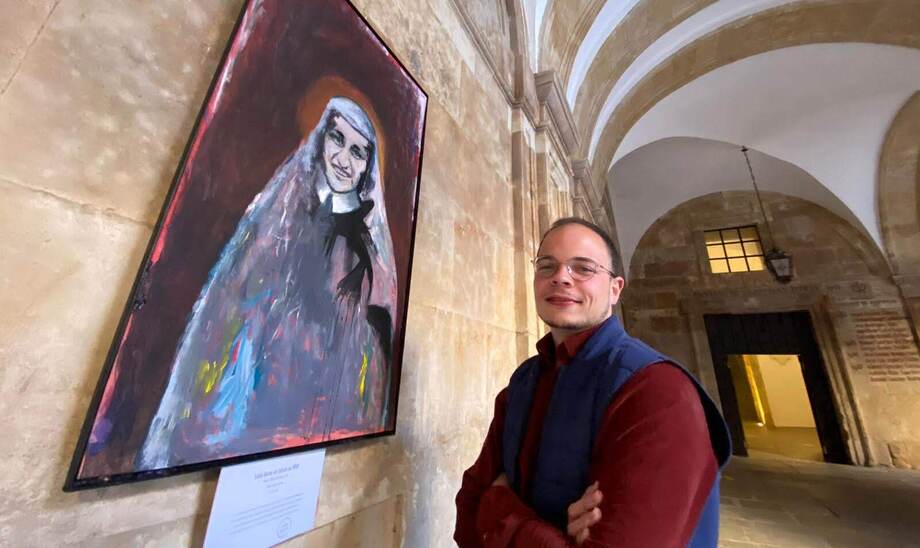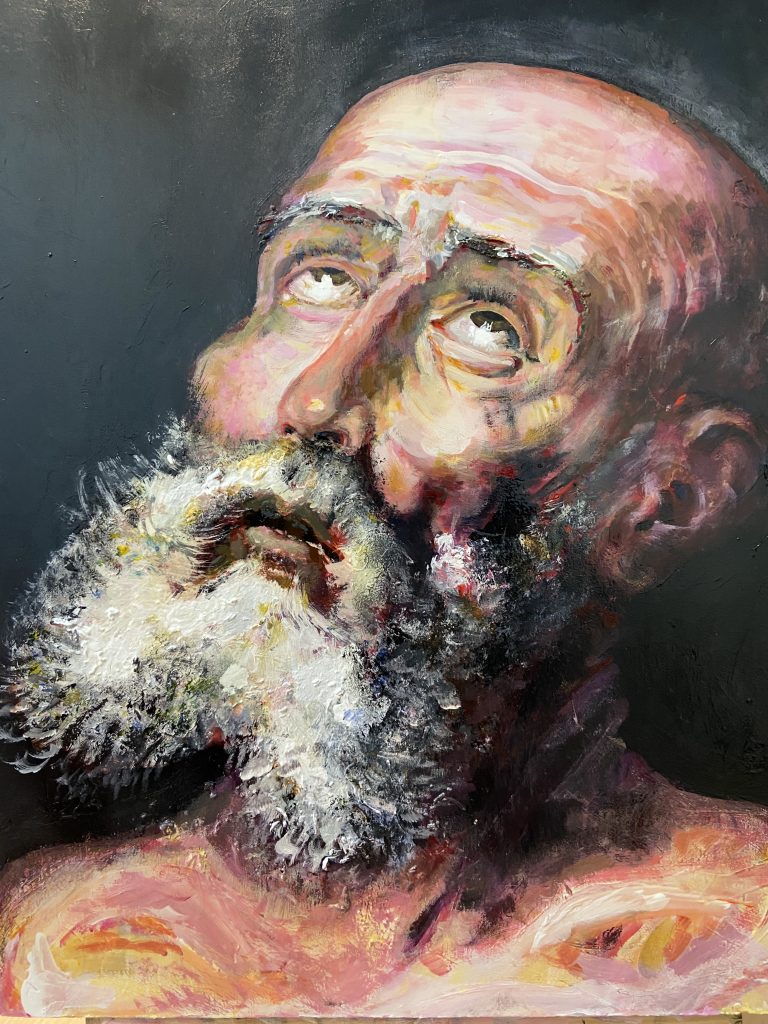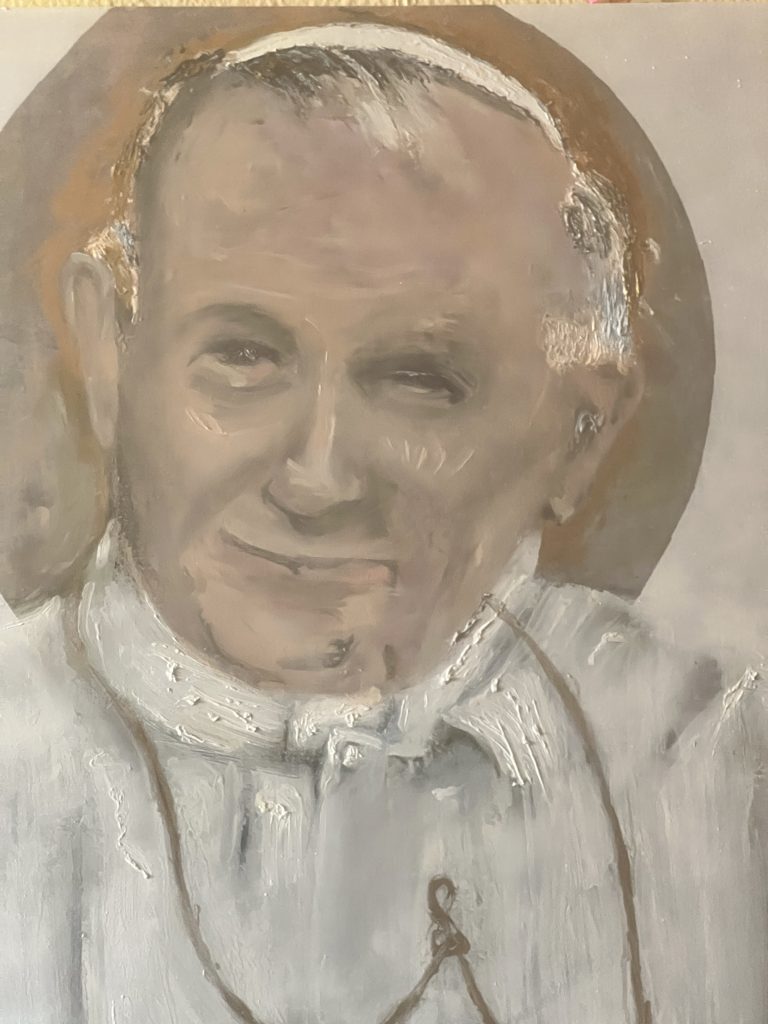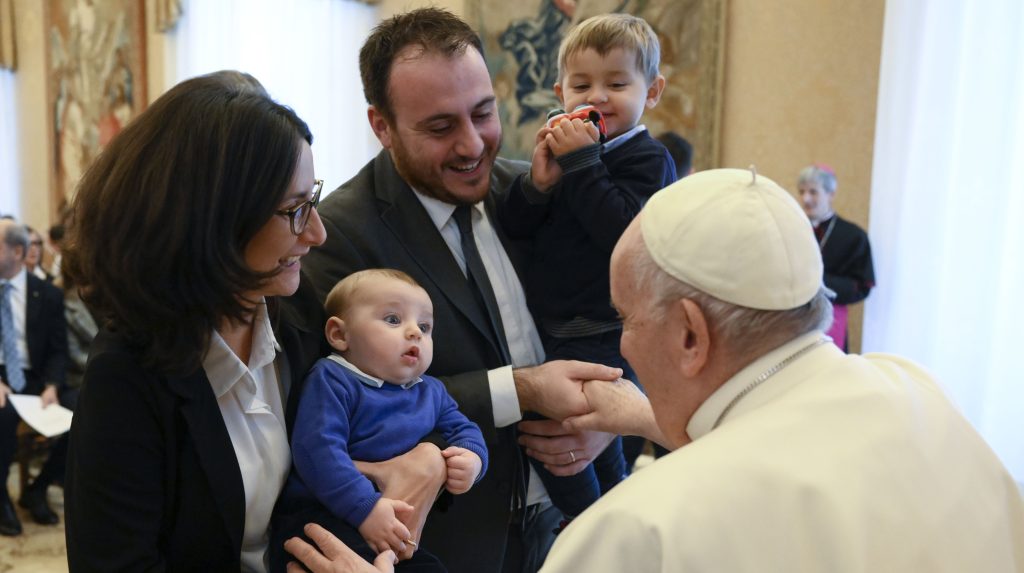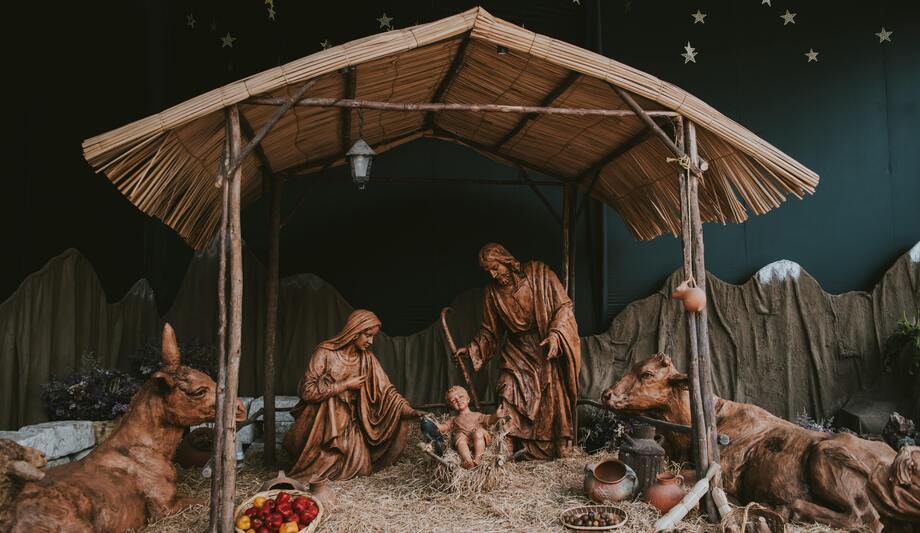The first meeting between Pope Francis and Benedict XVI took place a few days after the election of the current Pontiff, on March 23, 2013, with a warm embrace on the helipad of Castel Gandolfo, the residence where the Pope emeritus had spent the period of vacant See.
Both appeared dressed in white and before meeting in the private library they paused in prayer in the chapel, side by side; Francis had ceded the place of honor by sitting in the pews with Benedict: "we are brothers".
He taught us humility
Significant was the gift Francis brought that day to his predecessor, the icon of Our Lady of Humility: "I did not know her, I immediately thought of her, she taught us humility". A few months later, the two met in the Vatican Gardens for the blessing of the new statue of St. Michael the Archangel, patron saint of Vatican City State.
The following year, in 2014, there was a new embrace between the reigning Pontiff and the emeritus, on September 28 in St. Peter's Square, on the occasion of the great meeting with the elderly organized by the Pontifical Academy for Life; in 2015 the cameras filmed a new greeting and embrace in June, before Benedict XVI left for a new period of rest at Castel Gandolfo.
That same 2015, Benedict XVI was once again present alongside Pope Francis at a public ceremony, this time for the opening ceremony of the Holy Door of the Vatican Basilica on December 8, on the occasion of the beginning of the Jubilee of Mercy.
On June 28, 2016, a ceremony commemorating the 65th anniversary of the priestly ordination of the Pope Emeritus was also held in the Clementine Hall, in the presence of numerous cardinals of the Roman Curia. In his address, Francis highlighted the love witnessed by Benedict XVI, describing it as a "note that dominates a life spent in priestly service and theology."
Other frequent and public meetings took place between the two at the end of each Consistory for the creation of new cardinals, with the whole group punctually going up to the Mater Ecclesiae monastery to greet the Pope Emeritus and have a moment of prayer in the chapel of the residence. Then there are the numerous private meetings and the continuous exchange of telephone calls, even on the eve of every trip abroad.
Hidden ministry
In the ten years of his pontificate, Pope Francis has often referred to his predecessor, asking for prayers for his "hidden ministry" and thanking him for his support of the Church through prayer. Prayers he has always asked to reciprocate towards the Pope emeritus. In addition to official occasions, such as the presentation of the "Ratzinger Prize" promoted by the Vatican Foundation of the same name, the reigning Pontiff also spoke of Benedict XVI during audiences, Angelus or interviews with journalists.
The first reference undoubtedly dates back to the very night of his election from the Loggia of the Vatican Basilica: "First of all, I would like to say a prayer for our Bishop Emeritus"; "so that the Lord may bless him and Our Lady may protect him".
Theology on our knees
In 2013, on the occasion of the awarding of the Ratzinger Prize of that year, Francis expressed "gratitude and great affection" for his predecessor, valuing the work he had done with the publication of the books on Jesus of Nazareth, through which "he made a gift to the Church, and to all men, of what was most precious to him: his knowledge of Jesus", matured through a theology made "on his knees".
A man of faith, so humble
On his return trip from Holy LandIn May 2014, responding to journalists who asked him if in the future he would follow his predecessor's choice to leave the papacy prematurely, Francis said of Benedict XVI: "he is a man of faith, so humble"; "we must look at him as an institution".
How to have a wise grandfather at home
A few months later, returning this time in August from his trip to Korea, journalists asked him specifically about his relationship with Pope Ratzinger, and Francis said first of all that Benedict XVI with his gesture had in fact instituted the papacy emeritus, opening "a door that is institutional, not exceptional". As for relations, "it is that of brothers, really"; "I feel as if I have a grandfather at home for wisdom", "it does me good to listen to him. He also encourages me a lot".
"Like having the wise grandfather at home," Francis repeated at the meeting with the elderly in September 2014, when he publicly thanked Benedict XVI for his presence at the event.
On April 16, 2015, during morning Mass at Casa Santa Marta on the occasion of the emeritus' 88th birthday, Francis invited those present to join him in praying for Benedict XVI, "that the Lord may sustain him and give him much joy and happiness."
Great man of prayer and courage
In June 2016 it was the turn of a new question from journalists on the flight back from Armenia. Here Francis added that for him 'he is the man who guards my shoulders and my back with his prayer'. Among other things, 'he is a man of his word, an upright man, a man of integrity', 'a great man of prayer, of courage'.
Maturity, dedication and loyalty
Later that month, during the commemoration of the 65th anniversary of his priesthood, Francis added that from the small monastery where Benedict XVI resides "emanates a tranquility, a peace, a strength, a confidence, a maturity, a faith, a dedication and a fidelity that do me so much good and give me and the whole Church so much strength".
For the 'Ratzinger Prize' 2016 infallible - "once again" - the expression of "our great affection and gratitude" for Benedict XVI, "who continues to accompany us even now with his prayer".
Discreet and encouraging presence
"His prayer and his discreet and encouraging presence accompany us on our common journey; his work and his magisterium remain a living and precious legacy for the Church and for our service," were the words spoken on the same anniversary the following year. Ratzinger, for Pope Francis, "remains a teacher and a friendly interlocutor for all those who exercise the gift of reason to respond to the human vocation of the search for truth".
The esteem, affection and gratitude are repeated in the following years. In 2019, Pope Francis expresses his gratitude "for the teaching and example you have given us of serving the Church by reflecting, thinking, studying, listening, dialoguing and praying, so that our faith may remain alive and conscious despite changing times and situations, and so that believers may know how to give an account of their faith in a language capable of being understood by their contemporaries and of entering into dialogue with them, to seek together the ways of encountering God in our time."
The Vatican contemplative
At the end of the Angelus on June 29, 2021, the 70th anniversary of Benedict XVI's ordination to the priesthood, Francis called him "dear father and brother," "the contemplative of the Vatican, who spends his life praying for the Church and for the diocese of Rome, of which he is bishop emeritus." He then thanked him for his "credible witness" and his "gaze continually directed towards the horizon of God."
In the delivery of the Ratzinger Prize 2022Francis reiterated that "for me there is no lack of moments of personal, fraternal and affectionate encounters with the Pope Emeritus", highlighting how everyone feels "his spiritual presence and his accompaniment in prayer for the whole Church: those contemplative eyes that he always shows".
Witness of love to the end
Finally, we cannot forget the reference to the general audience after Christmas, on December 28, 2022, when he invited those present and the whole Church to intensify prayer for him "who in silence sustains the Church", so that the Lord "may sustain him in this witness of love for the Church, until the end".











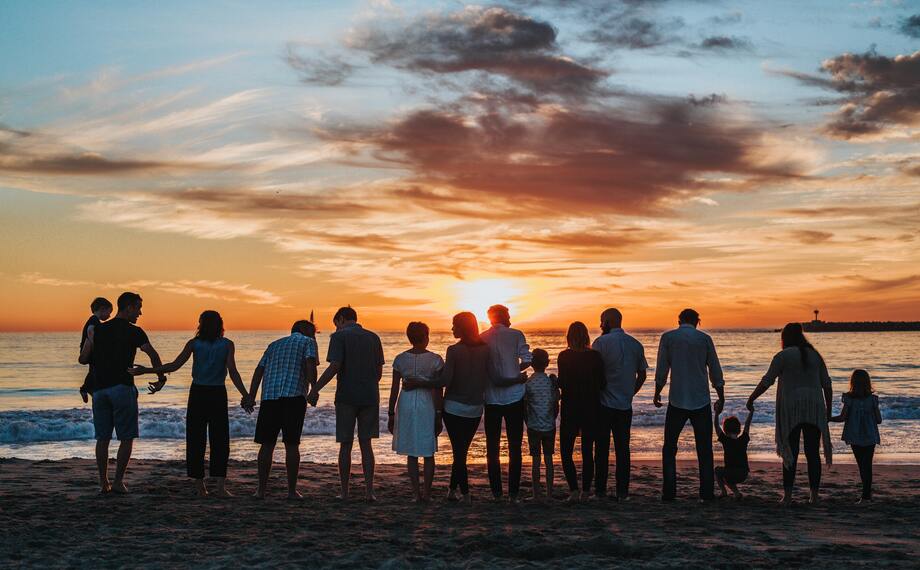
 "Families have to feel the support of the administration."
"Families have to feel the support of the administration."
